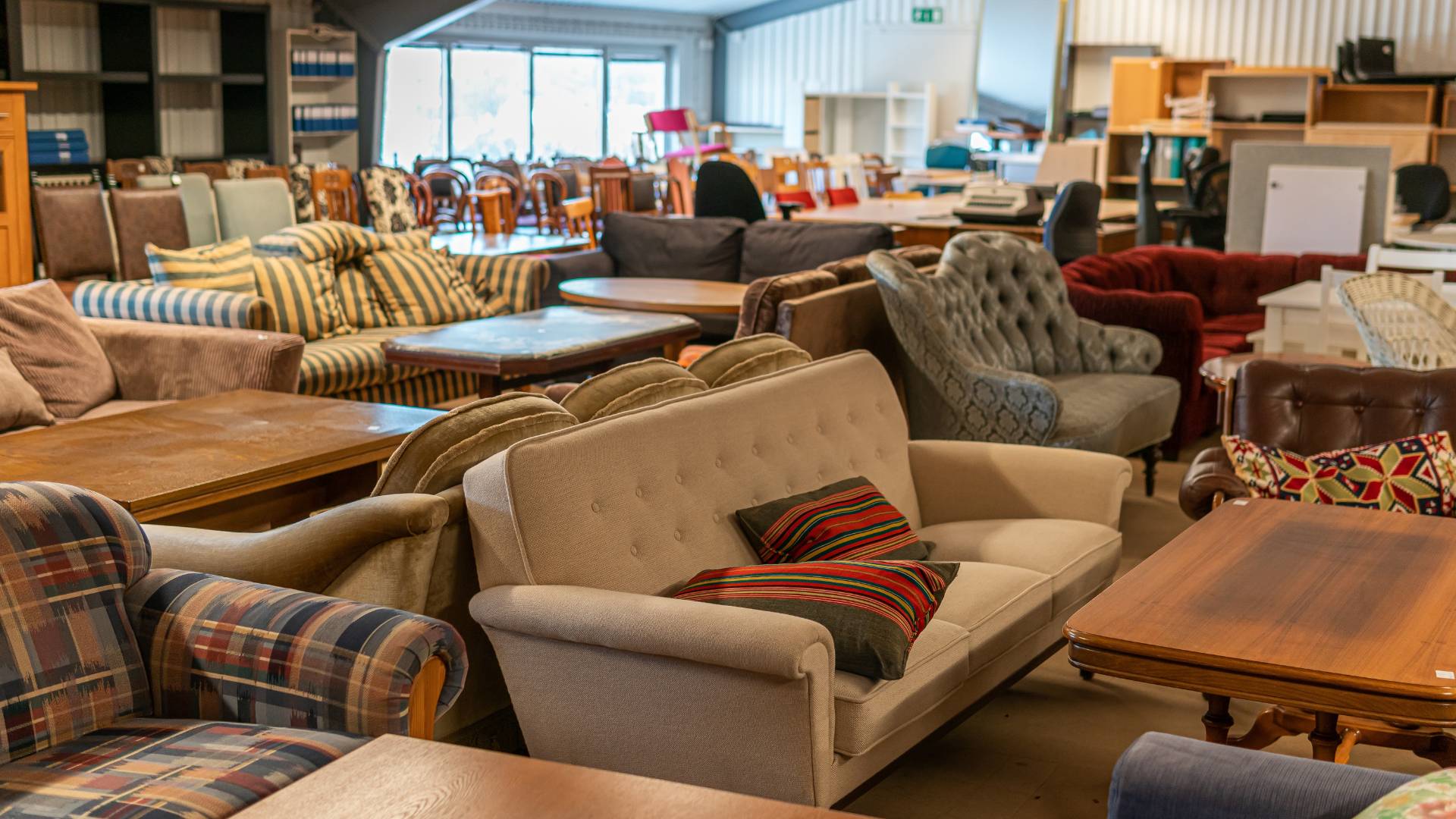Furniture and Decor Shopping Guide: Elevate Your Space with Smart Choices

Shopping for furniture and decor can be both exciting and daunting. Whether you’re furnishing a new home or updating your current space, finding the right pieces at the right price is key. This guide covers the best places to buy affordable furniture, tips for buying vintage or second-hand items, the pros and cons of online vs. in-store shopping, and how to spot quality furniture.
1. Best Places to Buy Affordable Furniture
Online Retailers:
Wayfair: Offers a vast selection of furniture and decor at various price points, with frequent sales and discounts.
Overstock: Known for discounted prices on a wide range of home goods, including furniture, rugs, and lighting.
IKEA: Famous for stylish, affordable furniture with options for every room in the house, available both online and in-store.

In-Store Retailers:
Target: Provides budget-friendly furniture and decor with a focus on modern and trendy designs.
HomeGoods: Great for finding unique and affordable decor items, with new inventory regularly.
Costco: Offers high-quality furniture at competitive prices, especially good for bulk items or larger pieces.
Second-Hand and Vintage Shops:
Thrift Stores: Local thrift shops often have hidden gems at unbeatable prices.
Flea Markets: Perfect for unique, eclectic finds and bargaining opportunities.
Facebook Marketplace & Craigslist: Great platforms for finding second-hand furniture locally at affordable prices.

2. Tips for Buying Vintage or Second-Hand Furniture
Inspect Thoroughly:
Check for any damage, wear, or structural issues. Ensure that the piece is sturdy and in good condition.
Consider Potential Repairs:
Determine if the furniture requires any repairs or refinishing. Factor in the cost and effort needed to restore it.
Look for Quality Materials:
Vintage furniture is often made from high-quality, solid wood. Look for pieces with durable construction and timeless design.
Negotiate Price:
Don’t be afraid to haggle, especially at flea markets and thrift stores. You can often get a better deal with some negotiation.
Check for Authenticity:
For collectible or high-value items, ensure that they are authentic and not reproductions. Look for maker’s marks or labels.

3. Online vs. In-Store Shopping: Pros and Cons
Online Shopping:
Pros:
- Convenience of shopping from home.
- Greater variety and selection.
- Easy comparison of prices and styles.
- Customer reviews can provide insights into product quality and satisfaction.
Cons:
- Can’t see or feel the furniture before purchasing.
- Potential shipping costs and delivery times.
- Risk of items arriving damaged or not as described.
- Returns can be more complicated.
In-Store Shopping:
Pros:
- Ability to see, touch, and test furniture in person.
- Immediate availability – no waiting for shipping.
- In-store assistance and expertise from staff.
- Easier returns and exchanges.
Cons:
- Limited selection compared to online.
- Requires time and travel to visit stores.
- Possible higher prices than online due to overhead costs.
- Limited ability to compare multiple stores simultaneously.
4. How to Spot Quality Furniture
Materials:
Solid Wood: Look for furniture made from solid wood rather than particleboard or MDF. Solid wood is more durable and has a longer lifespan.
Metal: For metal furniture, check for sturdy, rust-resistant materials like stainless steel or wrought iron.
Upholstery: Quality upholstery should be tightly woven and feel substantial. Look for fabrics like leather, linen, or heavy-duty polyester.
Construction:
Joints: High-quality furniture has joints that are dovetailed, mortise-and-tenon, or screwed and dowelled, rather than stapled or glued.
Weight: Heavier pieces often indicate solid construction and high-quality materials.
Cushions: Cushions should be firm and supportive. High-density foam or down-wrapped cushions are good indicators of quality.
Finishes:
Wood: The finish should be smooth and even, with no rough spots or bubbles. High-quality finishes protect the wood and enhance its natural beauty.
Paint: For painted furniture, the paint should be evenly applied and free of drips or streaks.
Brand Reputation:
Research brands and manufacturers known for their quality and craftsmanship. Brands with a long-standing reputation are often more reliable.

Conclusion
Furnishing your home can be a rewarding experience when you know where to shop and what to look for. By exploring both affordable and second-hand options, weighing the pros and cons of online vs. in-store shopping, and recognizing the signs of quality furniture, you can make smart choices that elevate your space without breaking the bank. Happy decorating!
